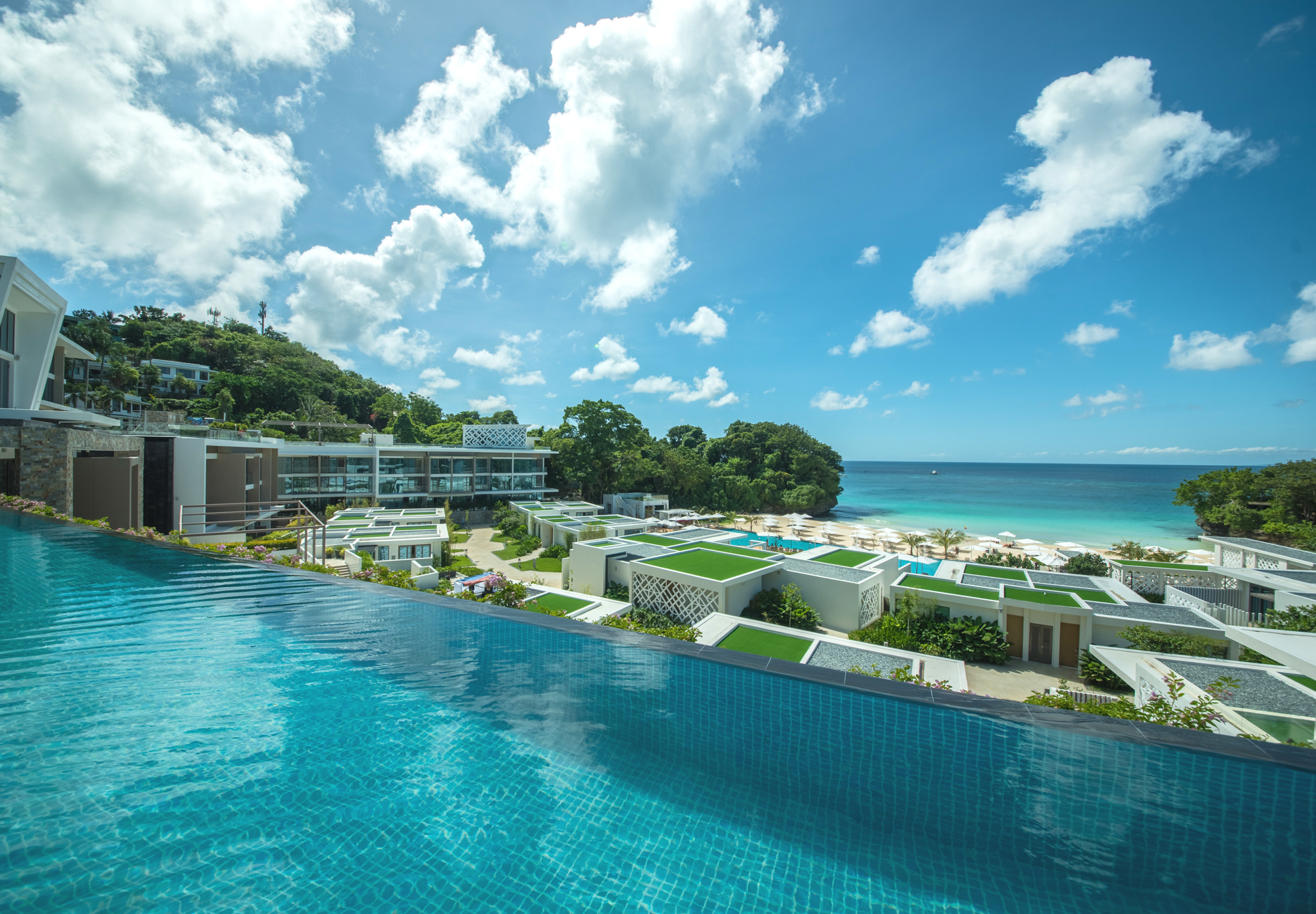Could a unified traffic command system decongest the paralyzing metro?
As the legislative department mulls granting emergency powers to President Rodrigo Duterte to address the traffic crisis, the Department of Transportation (DOTr) has taken over traffic management in Metro Manila, while tasking different agencies to work under a united chain of command that will address the worsening traffic crisis in all national roads in the metropolis.
Transportation Secretary Arthur Tugade recently announced that the Metro Manila Development Authority (MMDA), – which previously oversaw traffic management – the Philippine National Police-Highway Patrol Group (PNP-HPG), the Land Transportation Office (LTO) and the Land Transportation Franchising and Regulatory Board (LTFRB) have agreed to work together under the new traffic management committee – Inter-Agency Council of Traffic (I-ACT).
“If we don’t work together, the people on the ground will have a hard time. But if we will be given authority under one chain of command, we can now easily issue orders,” PNP-HPG Chief Supt. Antonio Gardiola said in a released statement.
Unified command system
Under the new scheme, Metro Manila will be split into at least 10 traffic sectors with each having a sectoral head. Gardiola said the additional PNP-HPG personnel would be deployed in key areas in Metro Manila especially in the 10 “problematic zones” from Balintawak to Pasay earlier identified by the PNP-HPG.
The scheme will likewise allow the agencies to share assets such as manpower and equipment, and will have joint training for traffic enforcers from all agencies under I-ACT.
The PNP-HPG will also hook up with the MMDA command center for better traffic monitoring. The agencies are still working on coming up with uniform penalties for traffic violations.
DOTr Secretary Tugade said the I-ACT would ensure a drastic and fast response to the traffic nightmare, even while Congress has yet to grant Duterte emergency powers.
“We are focusing on enforcement now while waiting for Congress to grant us emergency powers. We have to do what we can do now,” said Transportation Spokesperson Cherie Mercado-Santos in a released statement. “So, while we are waiting for Congress to grant the emergency powers, let’s focus on immediate solutions, like the synchronization of traffic lights, the implementation of unified ticketing system, eradication of colorum (unregistered transport vehicles) and old vehicles,” Mercado added.
“If ever the emergency powers will not be granted, at least we have done something. If granted, then we can further improve (the system),” Mercado was quoted in a Manila Times report.
Emergency powers dry run
As the DOTr prepares to assume control of traffic management in Metro Manila, Sen. Win Gatchalian urged the department to “use its consolidated powers to impose discipline on motorists by strictly enforcing traffic laws and clearing the streets of illegally parked vehicles.”
Gatchalian said in a released statement that quick and effective interventions by the DOTr under the unified traffic command system would be decisive in convincing lawmakers from both houses of Congress to grant the requested emergency powers.
“We can look at this new traffic regime as a dry run for emergency powers. If DOTr and the Inter-Agency Council for Traffic can prove their competence by producing fast results in combating the traffic nightmare, I think the legislature will respond by giving them what they are asking for,” said Gatchalian.
Meanwhile, Mercado said that the team would also discuss the possible closure of more U-turn slots, coming up with uniform penalties for traffic violations, and the possibility of increasing the registration fees for private motorists who want to own more than one vehicle.
8,600 less metro buses by 2018
The DOTr said the government is eyeing to finish the construction of two intermodal bus terminals in south and southwest Metro Manila by 2018. Then, a third intermodal bus terminal would be constructed for provincial buses coming from the north by “late 2019 to 2020.”
These intermodal bus terminals would be where buses from the provinces will be allowed to drop off passengers.
According to transport officials, once the proposed terminals are completed, buses would no longer be allowed to go beyond the terminals.
“The passengers from the province can transfer to other city buses. There are also LRT (Light Rail Transit) trains and smaller vehicles where they can transfer,” DOTr Undersecretary for roads and infrastructure Anne Lontoc said in a GMA report.
According to the MMDA, once the proposed terminals are completed, some 8,640 provincial buses would no longer be allowed to enter Metro Manila, drastically cutting down the volume of vehicles plying its roads. According to the MMDA and the DOTr, 14,384 buses ply EDSA daily.
Meanwhile, Sen. Leila de Lima appealed to the DOTr to ensure that enough public vehicles would be available to accommodate the passengers going to and from the intermodal terminals.
MMDA to focus on urban dev’t
With traffic management out of its hands, the MMDA now aims to focus on other areas connected to urban planning and development.
“It now makes the agency focused on other areas where we are supposed to put our attention to. We have overlooked these because of our traffic management functions,” MMDA Officer-in-Charge Thomas Orbos was quoted in a Manila Bulletin report.
Aside from its part in the I-ACT, the MMDA will also be responsible for the metro’s solid waste management, flood control projects and coordination with the local government.
“Just like the I-ACT, it is also good to have a unified approach on flood control. This time, we will be coordinating with the Department of Public Works and Highways (DPWH),” Orbos added.
The MMDA also wants to emulate the programs and projects, which were implemented in Davao City by its former mayor, President Duterte.
“My mindset and I think the best way is to think Davao. How did they do it in Davao? Our President did it in Davao. These are all things that the MMDA has to enforce including anti-littering campaign, anti-jaywalking. We will have to work on those. Also, solid waste management, that is our focus now.”
By VIA BAROMA
New traffic management scheme takes shape
Published on September 9, 2016
This post was last updated on March 26th, 2020 at 02:58 pm











